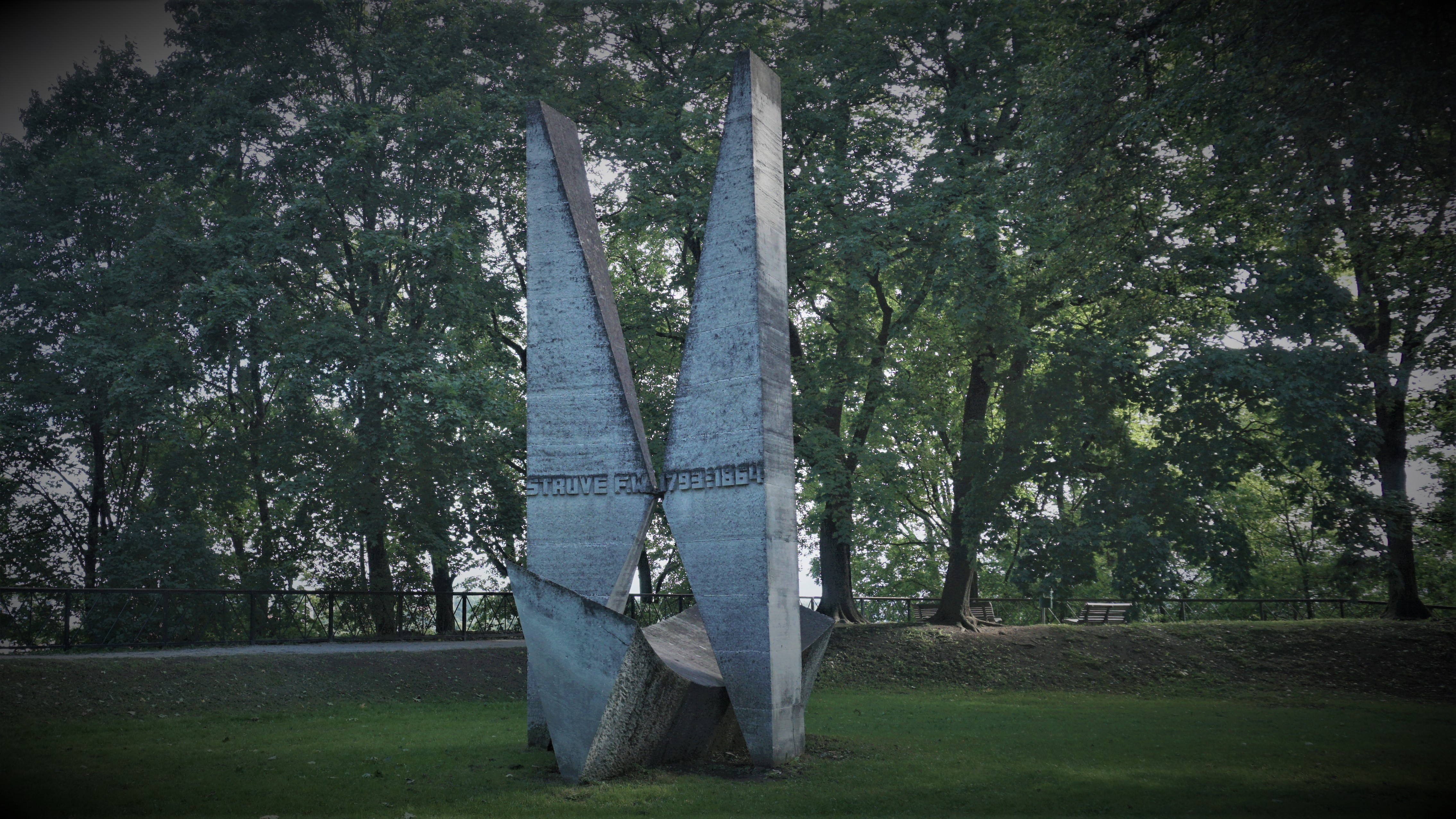05 September 2021 | On what seemed to be a rarity in Tartu these days, the sun brightly shined on this weekend morning. It was then imperative to get out of my cage and go for a walk to take advantage of the warm weather; a luxury for someone born in the tropics trying to thrive in the Baltics. In the process, I ended up paying a visit to some landmarks near my dormitory and consequently learning a thing or two about this city I will be spending the next 10 months or so.
Raekoja
Plats | On my tenth day in Estonia, I was still pretty much a stranger. Thus, by
default, Raekoja Plats was the most logical starting point for an exploratory
walk, being Tartu’s center from way back the ancient times. Though the place
is called the Town Hall Square, it is actually shaped a trapezoid.
It is home to a handful of cafes and restaurants and classicist buildings
& landmarks, including the current Town Hall (built in the 1780s). Also in the
area were the Leaning House (Town Hall Square 18), a National Geographic yellow
frame (as part of the Living on the Edge campaign), and the iconic Statue of Kissing
Students. Also stationed a few meters away from the famed fountain, the
#Tartu2024 marker gives emphasis on the exemplary recognition for Tartu and
Southern Estonia as the European Capital of Culture for 2024.
The Kissing
Students Statue (Suudlevad Tudengid) | Strategically placed in front of the
Town Hall, the statue elegantly bathing in dancing waters is effortlessly the
square’s centerpiece. The fountain has been there for over 70 years but the
statue is relatively new only erected in 1998. But in 23 years, the statue could already boast its significance as, rumor has it, a true witness for countless romance stories
that have sprouted and blessed in this lovely place.
St.
John’s Church | A few stones away on the outbounds of the City Center perimeter is
this Gothic Lutheran church named in dedication to St. John de Baptiste, and one of the tallest structures in Tartu. Some
claim that the church was built in the fourteenth century as a Catholic
church but was later converted, probably due to the sixteenth century European Reformation, signaling the dusk of the Middle Ages (?)
Von
Bock House | A few meters behind the Town Hall is the House formerly owned by Oberst
von Bock (named after Magnus Johan von Bock), later sold to UT in 1839. Historically, the building was known as the Marx
House having been red chairs dumping site during the Soviet era. The place
could be easily spotted through a mural of the 1860 UT main building on its wall.
University of Tartu Main Building | More than the jaw-dropping design courtesy of J.W. Karuse in the 1800s, the building serves as the venue for major UT events. This is the most recognizable UT structure being iconic as it is, even making its way to the UT logo. I mean, that façade, man!
Meanwhile, further walk uphill, on the Town Hall's western side, leads to Toomemägi / Toome Hill, one of the higher points in the area. For hundreds of years, it had been the center point, served as a grazing area for cattle and the building ground for Tarbatu and bisphoric castle & cathedral, making it the heart of medieval Tartu. In 19th century it was converted to a park when UT took over ownership. Consequently, university buildings were erected such as the library, anatomicum, and observatory, making it the intellectual focal point of Tartu.
Karl Ernst von Baer Monument | KE v Baer was a UT medicine alumnus, Baltic-German
scientist, and founder of descriptive and comparative embryology. Among his
accomplishments were several scientific expeditions and published works in
anthropology, geography, and ethnography; such a talented man worthy of a
monument, really.
Johann
Skyte Monument | Thanks to Skyte, there is UT today, initiating the
university’s establishment and serving as its first chancellor eventually. More
than that, he pushed the idea that poor people should be allowed to study in UT
as well, a storyline close to my heart. Education for all!
Tartu
Cathedral | One of the more prominent structures in the area is the ruins of
the Tartu Cathedral. The structure dates back to Livonia times; it’s a sacred
one, but was destroyed during the Livonian War and then in a fire in 1624.
After some restoration efforts, the place is now an important historical artifact
and of structural utility to some extent, currently housing the UT museum for
instance.
Friedrich Georg Wilhelm von Struve Monument + Tartu Observatory | Struve was the first director of the Tartu observatory which was an astronomy powerhouse during its time i.e. largest telescope lens in the world, Fraunhofer refractor, and the Struve geodetic arc which paved the way for advances in geodesy and cartography.
It took
me more than two hours to complete this leisurely tour. Much as I wanted to go
further, I had to cut the walk to meet some friends for lunch at that point. But then, I
have at least 300 more days to explore.




















